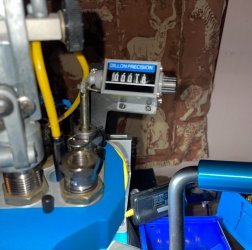A thread on squib loads brought this to my attention, out of 34 responses only 2 people brought up that they weigh their reloads to prevent/check for squibs.
How many reloaders here weigh their finished round? One would have to sort their brass by head stamp but can you still figure out the powder charge? Factory ammo varies by a grain or 2. I don't sort my brass but I would if it was a fool proof way to to stop a squib before it happens.
What do the reloaders here say?
How many reloaders here weigh their finished round? One would have to sort their brass by head stamp but can you still figure out the powder charge? Factory ammo varies by a grain or 2. I don't sort my brass but I would if it was a fool proof way to to stop a squib before it happens.
What do the reloaders here say?



